It’s not the black eye which hurts the most, the broken ribs or stinging slap.
The marks will fade while the body knits itself back together as best it can.
It is the unseen scars dug deep in the mind.
“He didn’t hit me but…,” a hesitant refrain which can take years to heal from.
This is domestic abuse; this is coercive control.
As of 2018, a landmark new law made coercive control illegal, with domestic abuse survivors contributing to the framework.
If a person has behaved in a way that is likely to cause their partner or ex-partner to suffer physical or psychological harm, then they can be charged with a crime.
We are at last talking about this form of abuse, not least thanks to Bad Sisters which is currently the most watched show on Apple TV.
Produced by and starring Sharon Horgan, a second season has just been confirmed.
The black comedy tells the story of five sisters, one of whom (Grace) is the victim of long-standing emotional abuse from her husband, John Paul Williams.
Her sisters cook up a hilarious plan to “give nature a helping hand” in his demise.
But underneath the humour is a powerful message about years of gaslighting.
There may not be a single mark on Grace, but she remains trapped by her husband’s quiet campaign of terror.
Why is this particular form of abuse so damaging, and why has it taken a hit TV show to get us talking about it?
Elaine Featherston has been the manager of Inverness Women’s Aid for almost six years, where the team sees between 50o to 600 women every year, a figure which she described as just the “tip of the iceberg”.
She believes that although the change in law was much needed, women are still not able to access justice.
“That legislation was regarded as landmark and it was a departure from domestic abuse related law,” said Elaine.
“It linked everything together, both physical and psychological abuse.
“The impact of psychological abuse is enormous, and part of that is gaslighting.
“This is a recognised term, where it’s all about convincing the victim that they are wrong. They are the problem in the relationship.
“It always goes back to power and control, which the perpetrator uses to their advantage.
“This isn’t just about a few bad guys doing bad things.
“It’s about the patriarchal structures within society, the fact we have a patriarchal justice system which does not work for our victims of domestic abuse.
“It is not allowing women to access justice.”
Elaine believes that custodial sentences are rarely handed out after a case has gone to court, with a focus instead of rehabilitating the perpetrator.
“I think awareness of this type of control is getting better, but there’s still a heap of work to be done on it,” said Elaine.
“Our relationship to technology for example, means perpetrators have more tactics at their disposal to control women’s lives.
“We help between 500 and 600 women every year, but there are thousands of women in the area who do not even realise what’s going on because they have been gaslighted.
“They do not realise what is happening.
“We’ll get a message where the woman says they just want to run something past us, something doesn’t feel quite right and what do we think?
“That woman absolutely is a victim of domestic abuse.
“Sometimes a person can need a lot of help to recognise what is happening, which shows how impactful coercive control can be.
“We talk about lockdown during the pandemic, but there are women living in lockdown all the time.
“They cannot leave the house, it gives the perpetrator that power.”
Technology has also changed the “pattern” of abuse, meaning the bigger picture looks different now to, say, 50 years ago.
“While physical violence is still present in many cases, when we talk about ongoing escalating patterns of behavior – this element isn’t appreciated enough,” said Elaine.
“A court case will normally focus on one assault, but isolated incidents are very unusual.
“What is more usual to see is prolonged patterns of behaviour.
“An extreme example would be online bank transactions, where the perpetrator puts a message in the reference.
“It’s about every opportunity to regain that control.
“Other behaviours are where a relationship is established very quickly, followed with love bombing.
“These are recognised techniques and tactics that the perpetrator will deploy.
“We see choking so often in these cases, but that isn’t about somebody losing control.
“That is about somebody controlling someone’s airway, yet it is consistently normalised.
“Very rarely will a custodial sentence be given, but that kind of behavior would not be tolerated in normal circumstances.”
Dr Marsha Scott, who is CEO of Scottish Women’s Aid, the lead domestic abuse organisation in Scotland, also believes we have a long way to go.
“We are pretty convinced that our system is still insensitive to coercive control,” she said.
“It’s going to take a while to create a system, when the one we have is used to cases of physical violence based on pictures from someone’s medical records.
“Never under-estimate coercive control, when it is the most likely variable to be found in cases where there has been a murder.
“I think there is a false distinction, where if a woman does not label what she is experiencing as coercive control, it is not dangerous.”
Change clearly needs to happen, but Dr Scott believes the change in law has still made a huge difference.
“There was a woman who called our helpline around eight weeks after the bill was implemented,” she said.
“She had been talking to the police for a long long time, and they had said that what was happening to her was terrible… but it wasn’t illegal.
“She was able to go on and get a non-harassment order.
“The new act means much more evidence can be brought into court about the behaviour of abusers.
“Previously we couldn’t bring the details in, because the woman would look like she was hysterical.
“In the age of mobile phones, evidence is now readily available.
“We still have a long way to go, before people understand that coercive control is a liberty crime.”
How to identify coercive control?
Domestic abuse isn’t always physical, but how do you know if coercive control is happening to you?
Common examples include isolating you from friends and family, controlling your finances, repeatedly putting you down, and taking control over aspects of your everyday life.
Support is available 24 hours a day, seven days a week.
Call Scottish Women’s Aid on 0800 027 1234 or visit SDAFMH.org.uk
If you are immediate danger, phone 999.
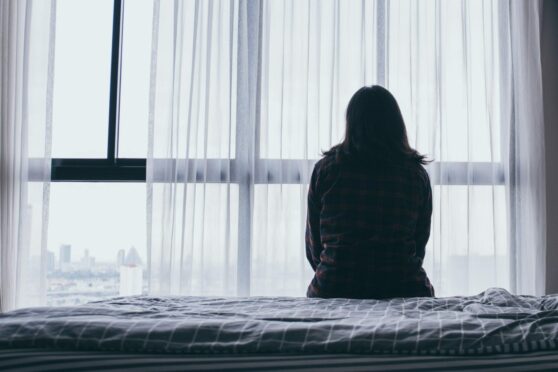

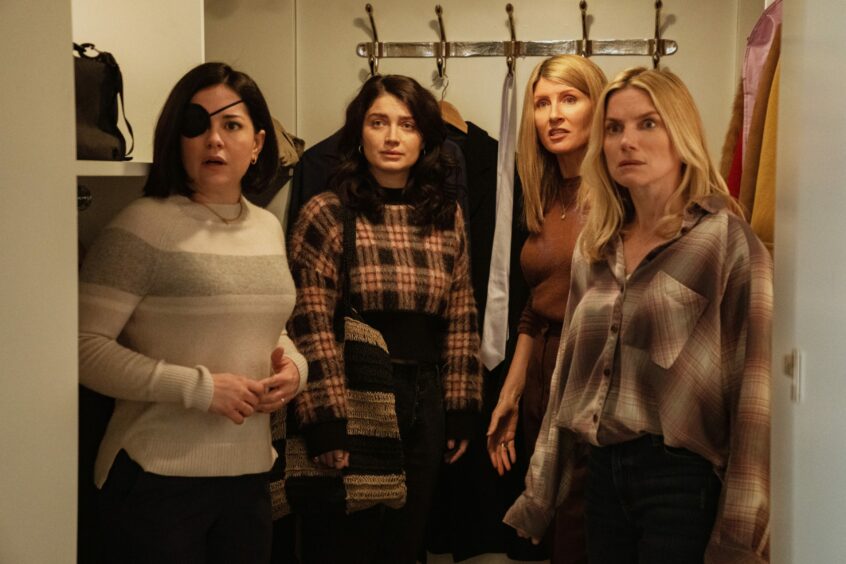

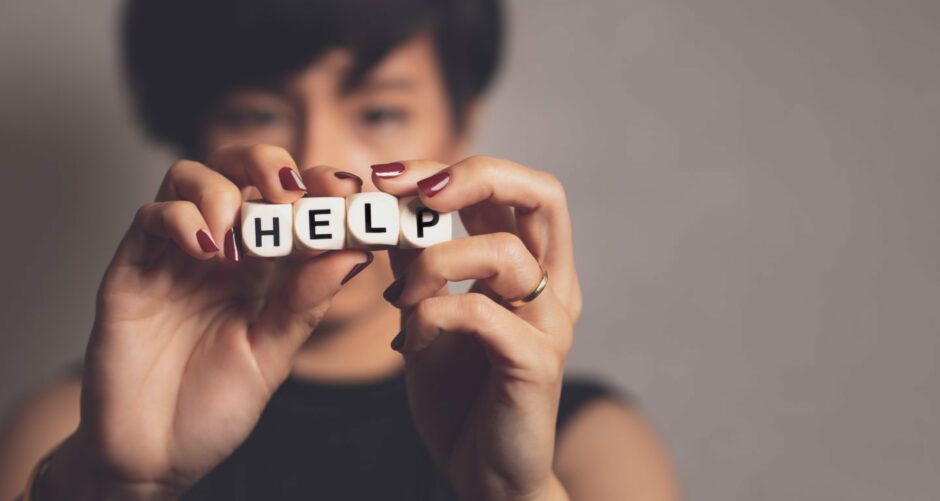



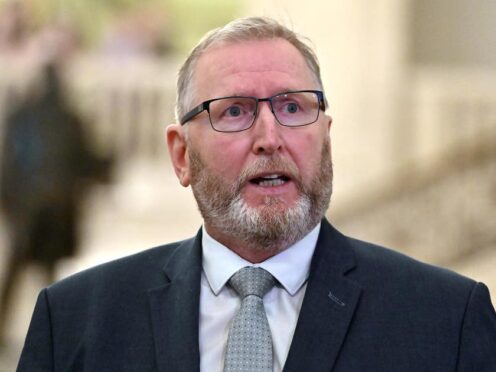
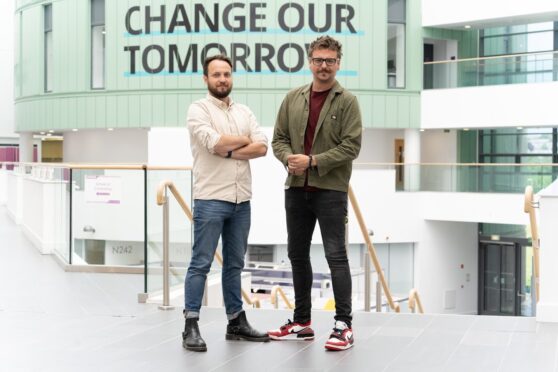




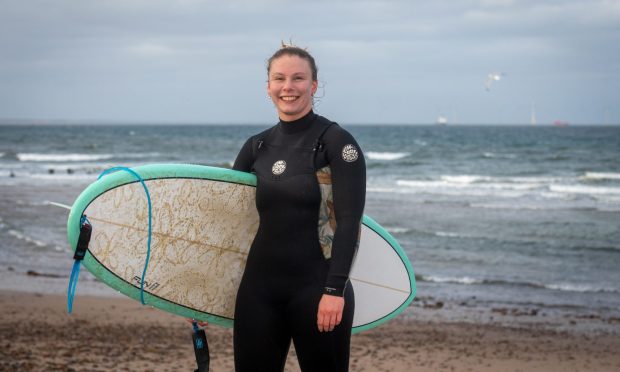
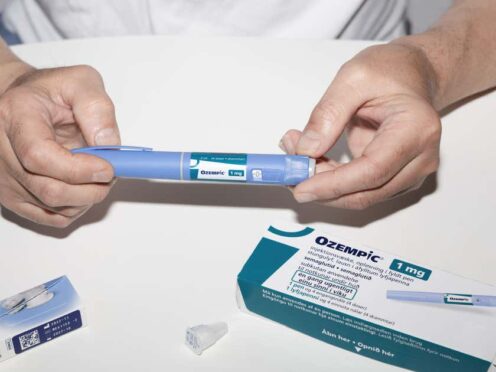
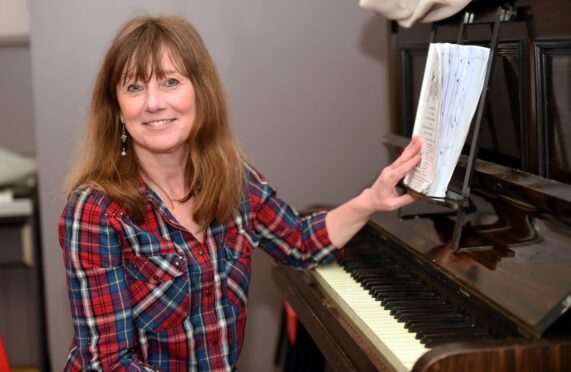
Conversation